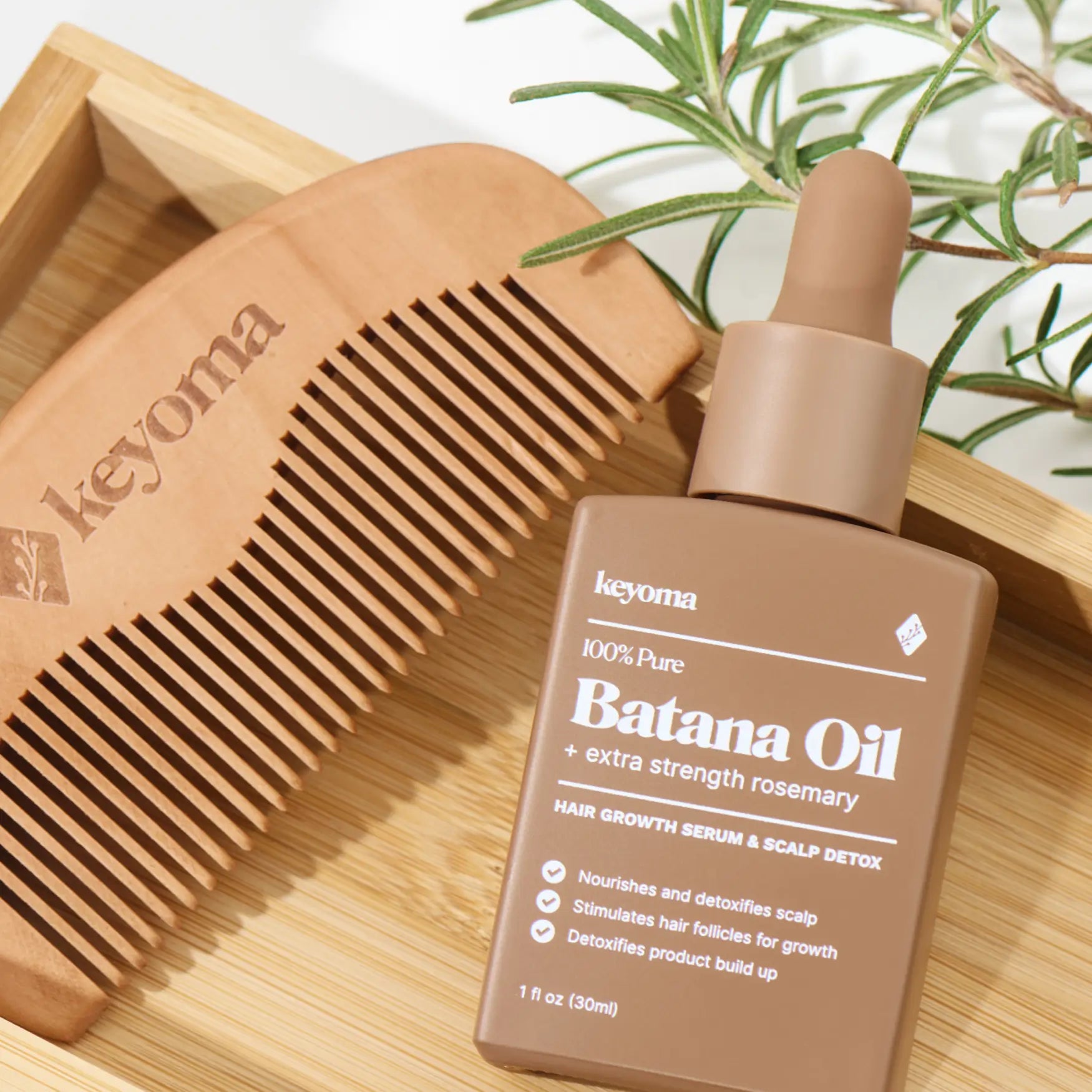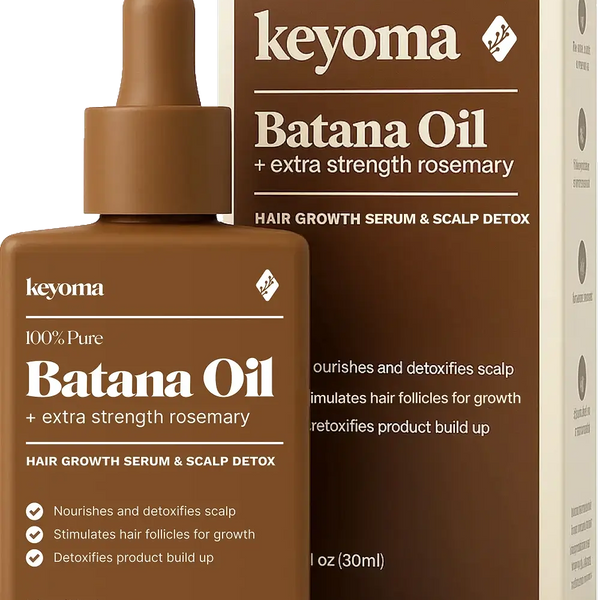In this article
Is your cowlick giving you grief? Here’s the upside. We’ve rounded up practical ways to work with that swirl so it blends in. Wearing a supportive cut, using targeted stylers, and letting hair grow a bit are key strategies you’ll see here.
Key Takeaways
-
Cowlicks are common growth patterns forming swirls or tufts at crown, hairline, nape.
-
Cowlicks cannot be removed permanently, texture and length can influence visibility and manageability.
-
Blow-drying direction, strategic parting, conditioner-heavy routines, and styling products can improve control.
-
Location-based styles can help: messy crowns, side-swept bangs, tapered necklines manage cowlicks.
What Are Cowlicks
A cowlick is a small section that grows against the grain, often sticking up or out. You might spot a swirl or tuft at the crown, along the hairline, or somewhere else on your scalp. The name comes from the swirl left after a calf’s coat gets licked.
Cowlicks are very common, but how visible they appear can vary a lot. Ones at the crown often hide beneath longer lengths. Hair texture matters too; straight, fine strands tend to spotlight these areas, making a cowlick tougher to tame.
By contrast, wavy or curly textures often hide cowlicks. Natural bends and curves can cover stubborn patches more easily. Thick hair also adds weight, which helps keep rebellious pieces near the hairline in place.
Cowlicks can show up in several areas on the scalp. The most frequent spots include:
Hairline Cowlicks: Along the forehead, they can fight bangs and push hair to part or lift in an unwanted direction.
Crown Cowlicks: At the highest point of the head, they can create a whirl or spiky look, especially with short cuts.
Nape Cowlicks: Appearing at the back of the neck, they can flip outward or stick up, complicating shorter styles.
Causes of Cowlicks

What creates a cowlick? In short, nearly all mammals with hair can develop them.
Biology likely influences where hair whorls sit. Pull out old family photos and you may notice a pattern. That could also explain a child’s stubborn morning swirl before school.
No one is fully immune. Some people simply have traits that make a cowlick less visible. You can also embrace the whorl with creative looks; normal can be boring, right?
1. Curly Hair Texture
Curly hair tends to be coarser, which adds weight over cowlick-prone areas. The built-in volume and texture also camouflage swirls. While curls aren’t immune, any cowlicks that appear often bother you less and blend into the shape.
2. Thick Hair Types
Like curls, dense hair can make cowlicks behave and feel easier to manage than on thin, fine strands. It helps to separate thick versus thin hair and fine versus coarse hair.
Thick or thin describes how much hair you have. Fine or coarse refers to the diameter of each strand. People with fine yet thick hair may still find cowlicks stand out.
3. Longer Hair
Longer lengths add control and weight, which can tame and disguise stronger cowlicks. If you already prefer longer styles, this can be an easy win. If you want to grow your hair longer, discover the secrets and simple steps you could do.
How to Control Cowlicks
Cowlicks come from your natural growth pattern, so you can’t remove them for good. Still, there are techniques, tools, and products that help you style around them.

Blow-Dry Your Cowlick
To tame a cowlick with heat, blow-dry it toward the direction you want and guide it with a comb as it dries, then finish with a cool shot to lock it in place. A quick final cool shot kept my crown cowlick flatter for a few hours. Keep the dryer moving so you don’t overheat one area and lose volume where you want it.
Remember that too much heat can damage hair and make thinning look worse. To reduce harm, choose a lower setting and hold the dryer a bit farther from the scalp while maintaining airflow.
Try Hairstyling Products
If your hair isn’t long enough to weigh a cowlick down or short enough to hide it, reach for styling aids to gain control. Light gel, wax, or pomade can help coax even stubborn swirls into place.
Some wet-look formulas can spotlight thinning. Test a few textures and holds to find products that suit your hair type and style goals.
Cut Back on Shampoo and Conditioner
Not into long styles? You still have options. Adjust your routine by shampooing a bit less and conditioning more. Extra slip and body can make a cowlick look less pronounced.
Change Your Hair Part
Sometimes, it’s smarter to go with the flow. Instead of fighting the cowlick, switch your part. Follow its natural pattern to adjust your style, rather than forcing it to lie flat.
See a Professional Hairstylist
If wrangling a cowlick gets frustrating, visit a professional stylist. They can tailor advice to your hair type and texture, suggesting cuts, techniques, or products that help you manage the cowlick while keeping your overall look sharp.
Style With Hair Products
When length alone doesn’t solve it, styling products can bridge the gap and keep the area in line. Try a touch of gel, paste, or pomade to smooth, define, and hold the section.
Avoid finishes that look overly wet if you’re concerned about thin spots. Experiment until you land on a formula that complements your texture and routine
Best Hairstyles for Different Types of Cowlicks
Your swirl won’t vanish, but the right cut can make it work for you. Instead of fighting the grain with heavy products, use shape and direction to steer growth patterns.
For example, a front swirl may sit flatter with side-swept bangs. Now match options to where your cowlick sits. Choose styles that cooperate.

Cowlick at the Crown: Style Tips
Try textured quiffs, crew cuts, or intentionally messy finishes.
Skip slicked-back, flat styles that highlight the whirl.
Cowlick in Bangs: Style Tips
Opt for side-swept or curtain bangs.
Avoid blunt fringe unless you’re fine with extra daily styling.
Cowlick at the Neckline: Style Tips
Short, tapered shapes and fades usually work best.
Keep the nape clean to prevent awkward flips.
Can a Cowlick Be Removed?
You can’t erase a cowlick because it reflects how your hair grows, but you can make it less obvious and easier to manage. With the right moves, you can minimize a cowlick’s impact and keep it in check.
Use targeted styling, the right tools, and a smart blow-dry to blend stubborn strands for a polished, manageable result. Your cowlick doesn’t need to dictate your haircut; these practical steps help you take control.
Tame Your Cowlick Gently: Start This Week With Keyoma
Stop fighting the swirl head-on and tweak the conditions around it. Glossy, wet-look products can make any thin areas stand out, so reach for matte wax or a light pomade instead.
If the cowlick sits at your crown or hairline and keeps springing up, then blow-dry that patch in your chosen direction on warm while holding the dryer a few inches away, finish with a cool shot to lock it, and set with just a fingertip of product.
Short on length? Use less shampoo and a little more conditioner for added weight so the tuft lies flatter without stiffness. For fresh techniques and quick fixes, visit the Keyoma Hair Care blog.
Featured Product
100% Pure Batana Oil + Rosemary









